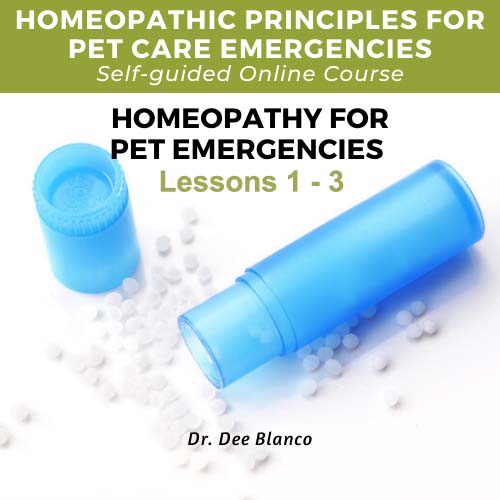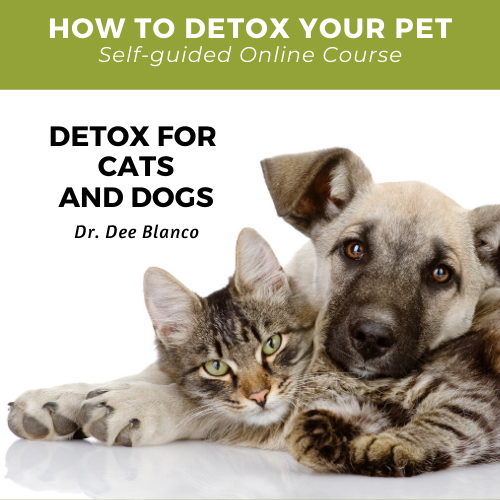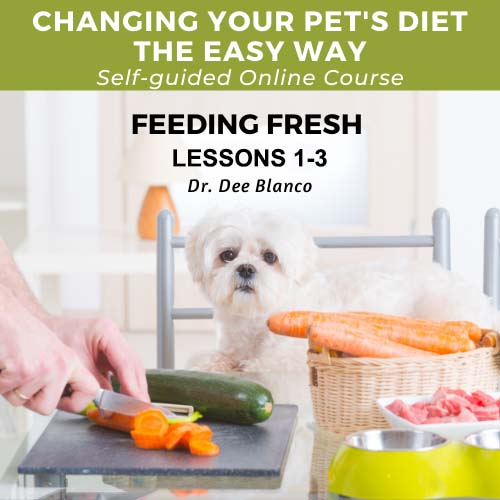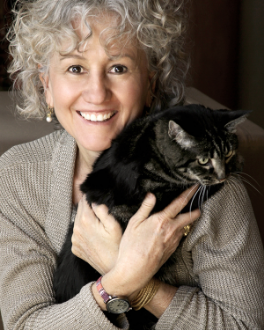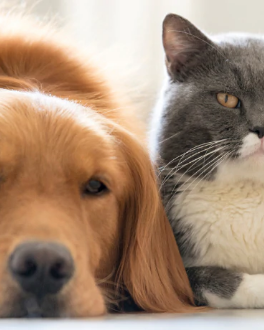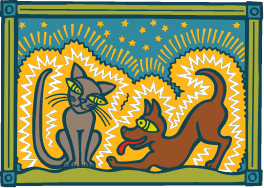Are you worried about what is in the processed foods we feed our dogs and cats? I’m going to share with you how to read pet food labels, but, let me warn you — it’s going to be a bumpy ride!
I know you want to give your dog or cat the healthiest life possible. I’m all too familiar with that moment when you think you’ve picked a great low-carb, low filler product you’ve understood to be the best pet food diet and then you hear about potential toxins in an ingredient you know is in the food you just bought. You do your homework and then you find out how the people who benefit from the pet food industry have made it really complicated to understand the actual nutritive value of their products. You can’t help but wonder what those dog and cat food companies are trying to hide! UGH!
But, never fear! By the end of this blog, you’ll know what the best pet food diet really is!
How to read pet food labels and understand what pet food ingredients to avoid (the status of this topic is definitely “it’s complicated”).
So, what’s really in these mysterious pellets and stinky canned clumps we’ve come to accept as dog and cat “food?”
The truth is troubling — it may be difficult to determine exactly what’s in many commercial pet foods even if you call the manufacturers. Just last year, companies in California and Missouri who supply ingredients to pet food manufacturers like Buffalo Blue and Purina were ordered to pay a combined $7 million for admitting to providing cheap ingredients, such as ground poultry feathers, described on the label as “poultry meal.”
It’s important to understand this is not at all an isolated incident. There are other ingredients which may look benign on the food label, but, could be some mystery substance even the manufacturers cannot identify. Studies which tested pet food ingredients found as much as 40% of their test products to be potentially mislabeled. The lack of absolute certainty of what is meant by “animal meal” or “meat flavoring” should be concerning.
Before pet food labels can be explained, let’s consider the “cooking” process of these commercial pet foods (I assure you, “cooking” is a generous word for what really happens).
All pet foods, whether canned or dry (with very few exceptions) are high-heat processed. If you’ve looked into your own diet, you know highly processed foods are less alive, less vital and actually more dangerous.
The heating process of carbohydrates (which are among the most recognizable on nearly all pet food ingredients lists) creates carcinogenic compounds, kills enzymes and some vitamins.
I never recommend a processed food to be used as 100% of the diet. It should be a very small portion or only on a temporary basis if you really want your animal to live a long, vital life. They may like and even crave the processed foods, but, that doesn’t insure health. It’s a little like trying to convince a teenager to have a fresh salad when he eats mostly frozen pizza - it’s going to take time and patience to help your animals crave a nutrient-rich, healthful diet.

Food Pets Die For by Ann N. Martin
Read an original documentation that started the expose of poisons in our pet foods. Price: $14
Is grain really a dog or cat food ingredient I should always avoid?
I completely understand the confusion about grain in pet food ingredients!
“Grain-free” has become a trendy marketing term ever since folks started to learn how most dry foods had a tremendous amount of grains (often rancid) and little protein. To make matters worse, many of these products have replaced the grain with potatoes which, in large amounts, is just as harmful to your animal’s health.
Some veterinarians believe our dogs and cats have no capacity to metabolize and use carbohydrates. After 38 years of practicing veterinary medicine, I believe dogs can adjust their enzymes to accommodate some appropriate starches. This is one of the reasons they have adapted so well to living with humans for thousands of years.
There’s a big difference, however, when it comes to cats. Cats are considered obligate carnivores; they are not able to utilize much in the way of carbohydrates at all. They utilize fat and protein for energy, not carbs!
If you want to know how to read pet food labels, here are some dog and cat food ingredients you definitely want to avoid:
In an ideal world, your wild dog or cat would be eating the best parts of an animal they hunted themselves. As scavenged food is less-than-ideal, they would likely catch a fresh animal for their supper.
When learning how to read pet food labels, common words you will see are “meat by-products” or “meat digest;” these are catch-all terms for all sorts of ingredients we might find unsavory for our pets. In the “meat by-products and digest” ingredients listed on pet food labels, the fur, feathers, beaks, hooves, intestinal organs (entrails) and any diseased tissue (tumors) of not-so-recently deceased animals are included. The processing of decomposed animals is a very unsanitary technique, making these processed by-products a highly toxic, unsafe pet “food.”
Most people are aware how soy and corn are not good for animals; both crops belong on the list of pet food ingredients to avoid. Frankly, the main reason I think these major crops are so bad for animals (humans included) is that they are typically all genetically modified crops (GMOs) contaminated with glyphosate (Roundup). Our companion animals are not efficient at metabolizing soy or corn. Additionally, they are eating what I refer to as “Franken-foods” (genetically modified) of which we have yet to know the full extent of the danger. What we do know is our pets are not healthier for eating these foods and showing signs of more chronic disease with each generation. Keep in mind, too, with glyphosate exposure, our animals’ immune and detox systems are severely compromised, leading to more health issues.
As you investigate how to read pet food labels, pay close attention to the way in which protein is written on the pet food ingredient list. Nutritive proteins should be specifically spelled out and listed with the words “beef, pork, chicken, and/or turkey.” If the references to protein are generic, like “animal, meat, or poultry,” this could include a wide range of unsavory body parts.
It doesn’t take a major exposé of pet food ingredients revealed to know any artificial coloring, preservative, or flavoring is bad for your pet’s health. If you see the words BHT, BHA, ethoxyquin, propyl gallate, meat flavoring, propylene glycol, “natural" flavoring, MSG, gluten-meal, calcium carbonate (limestone), folic acid (a poor source of folate), or sugars, you need to run, not walk, away from this bag or can of mystery meat.
With all these pet food ingredients revealed, what IS the best diet for my pet?
Think for a moment about what is the best diet for you? Fresh, whole foods, right? It’s the same with your animals with a species-specific spin (to learn more about what diet is most appropriate for your dog or cat, read more on my blog entitled Species Appropriate Diets for Dogs and Cats).
If you make your own fresh food, which really isn’t that hard, complicated or expensive (and your animal will love you for it), you can control almost every aspect of the food and know with greater certainty what your pet is really eating.
You can learn more about pet food ingredients to avoid and how to feed your animal fresh food by taking my Feeding Fresh course.
I know it can be maddening to figure out how to feed your beloved animals. I realize it can be intimidating to think about how to make their food. Yes, there will be a learning curve, but, after you learn how even the pet food companies might not know what goes into their products, how the high-heat processing of decomposed animals is dangerous, and how the sanitized language on pet food labels is designed to trick you, then why not try? You will see your animals’ health bloom and your heart will soar with joy knowing you hacked one of the most important fundamentals for helping your pets live a longer, vibrant life!
I decided to make it as easy as possible for conscientious pet parents like you to give your pet the healthiest life possible.
You can learn more about how to transition your pet to fresh food with this easily digestible course I created! The course has recipe ideas, handouts for deeper understanding of how your pet absorbs nutrition, the health benefits you see in animals eating a fresh diet, and a full plate more of information on what you can do to help your pet live a long, happy life!
